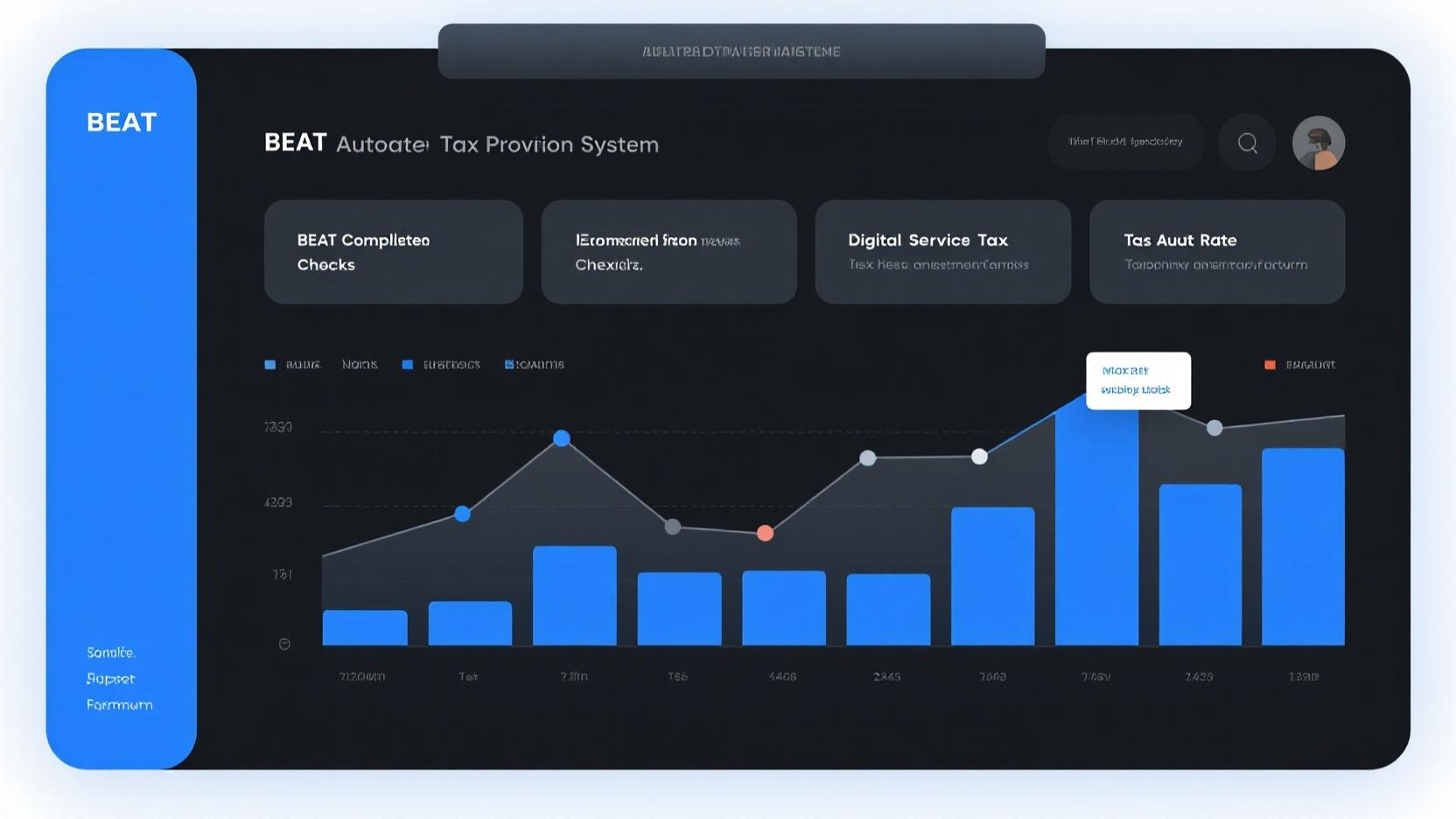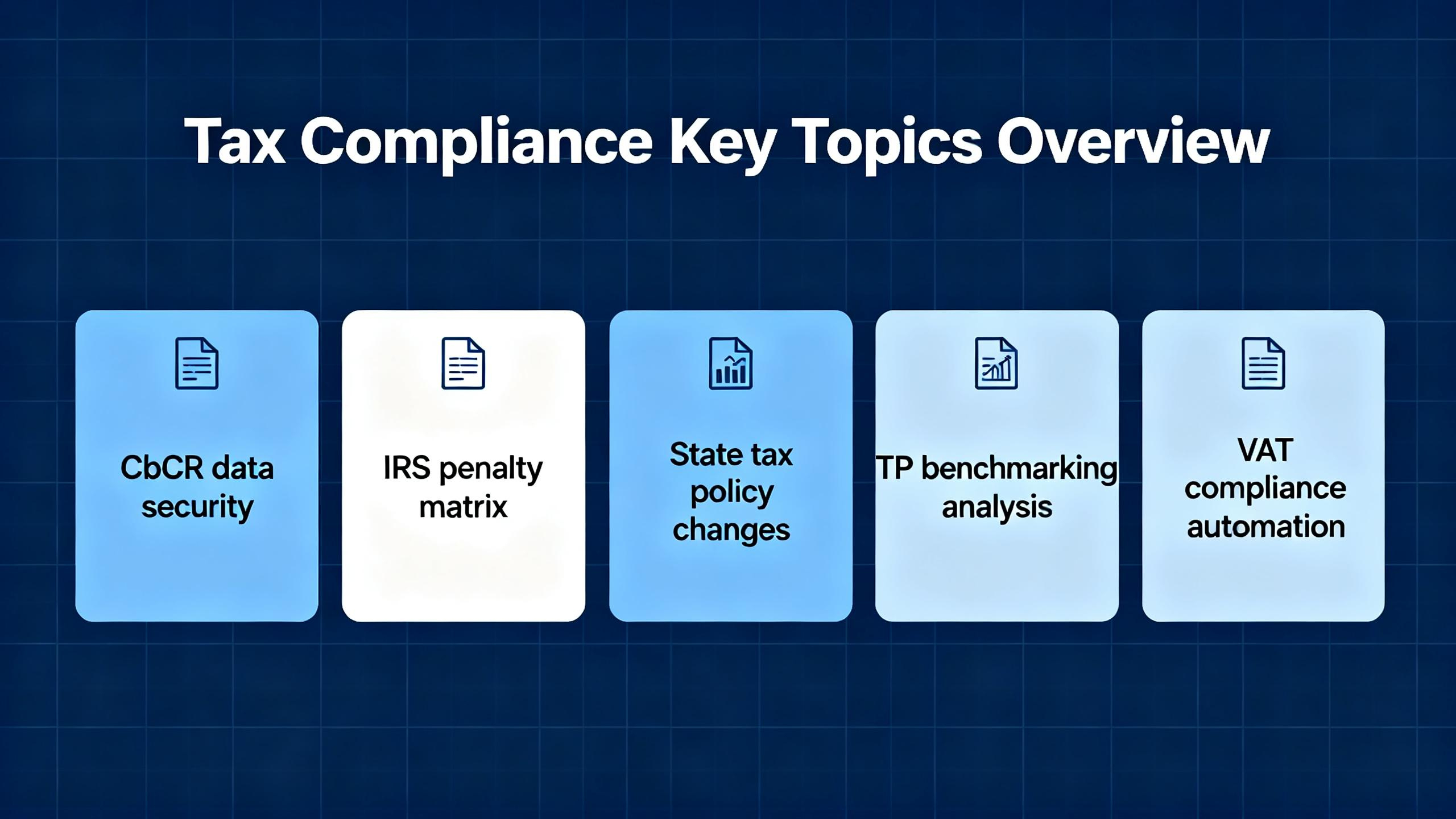Image Source: unsplash
Exploring the relationship between tax planning and corporate profitability is essential for understanding how companies can maximize their financial performance. Tax planning plays a crucial role in shaping corporate profitability, as companies that implement effective tax strategies often experience higher returns on assets, with an average ROA of 0.191, reflecting strong financial performance. By optimizing tax liabilities, businesses enhance liquidity, as seen in the average cash ratio of 0.202. These practices not only improve financial sustainability but also provide a competitive edge in the market. However, ethical tax planning remains essential to balance profitability with corporate responsibility.
Key Takeaways
- Smart tax planning helps companies save money and grow faster.
- Honest tax actions build trust and help businesses succeed for years.
- Planning when to earn or spend money improves cash flow and stability.
Understanding Tax Planning
Definition and Purpose
Tax planning refers to the strategic analysis and arrangement of a company’s financial activities to minimize tax liabilities while complying with legal regulations. Its primary purpose is to optimize the use of available tax benefits, such as deductions, credits, and exemptions, to enhance profitability. By reducing tax burdens, businesses can allocate more resources toward growth and innovation. Effective tax planning also ensures compliance with tax laws, mitigating risks associated with penalties or audits.
Role in Corporate Strategy
Tax planning plays a pivotal role in shaping corporate strategy. Companies integrate tax considerations into their decision-making processes to align financial goals with operational efficiency. Leading corporations analyze income streams, expenditures, and investments to identify tax-saving opportunities. They also develop policies that ensure compliance while maximizing profitability. For instance:
- Strategic timing of income and expenses lowers overall tax burdens.
- Staying updated on tax laws helps optimize strategies.
- International tax planning maintains competitiveness in global markets.
The table below highlights key aspects of tax planning in corporate strategy:
| Evidence | Description |
|---|---|
| Role in Resource Generation | Tax planning generates resources that vary across a firm’s life cycle stages. |
| Stakeholder Perceptions | Aggressive tax planning may affect stakeholder trust and increase capital costs. |
| Alignment with Business Goals | Effective tax planning aligns with overall business objectives, considering all costs. |
Principles of Effective Tax Planning
Effective tax planning adheres to principles that balance profitability with ethical considerations. Managers must evaluate the costs and benefits of tax strategies, ensuring they enhance value without compromising reputation. Key principles include:
- Tax savings should generate positive cash flows, benefiting shareholders and managers.
- Decision-making must consider all parties, costs, and taxes involved.
- Strategies should evolve with the firm’s life cycle, balancing resource creation and preservation.
Empirical studies emphasize that tax planning is a value-enhancing activity when executed responsibly. Opportunistic approaches, however, may lead to reputational risks, underscoring the importance of ethical practices.
Impact on Corporate Profitability

Image Source: pexels
Reducing Tax Liabilities
Reducing tax liabilities directly impacts corporate profitability by freeing up resources for reinvestment and growth. Companies that implement effective tax planning strategies can minimize their tax burdens while adhering to legal requirements. This approach benefits various stakeholders, as shown in the table below:
| Stakeholder | Percentage of Benefit from Tax Cuts |
|---|---|
| Firm Owners | 50% |
| Workers | 35-40% |
| Landowners | 10-15% |
By strategically managing tax obligations, businesses can allocate more funds toward innovation, employee development, and market expansion. This not only enhances profitability but also strengthens the company’s financial foundation.
Enhancing Cash Flow
Tax planning plays a crucial role in improving cash flow, which is essential for maintaining operational efficiency. Long-term tax strategies often yield better results than short-term measures. Key findings include:
- Long-run tax planning measures are more effective in boosting cash flow.
- Collaboration-oriented corporate cultures tend to experience smaller tax burdens, leading to improved cash flow.
- Consistent relationships between tax planning and cash flow improvements are evident when analyzing 3-year effective tax rates.
Enhanced cash flow enables companies to meet financial obligations, invest in growth opportunities, and maintain liquidity during economic fluctuations.
Competitive Advantages
Strategic tax planning provides companies with a significant competitive edge. By leveraging tax incentives and reducing overall tax burdens, businesses can enhance after-tax cash flows, which support long-term financial health. A well-structured tax policy identifies tax-saving opportunities while ensuring compliance with regulations. This approach minimizes risks, reduces errors, and saves time, allowing companies to focus on core business activities. Exploring the relationship between tax planning and corporate profitability reveals that proactive tax strategies not only improve financial performance but also foster sustainable growth in competitive markets.
Effective Tax Planning Strategies
Leveraging Tax Credits and Deductions
Tax credits and deductions offer businesses a direct way to reduce tax liabilities, enhancing profitability. Companies can utilize strategies like accelerated depreciation, which allows faster asset cost recovery, lowering taxable income. Offshoring profits to jurisdictions with lower tax rates also minimizes overall tax burdens. Additionally, tax credits such as the Research and Development (R&D) Credit incentivize innovation, while the Work Opportunity Tax Credit (WOTC) rewards businesses for hiring individuals from underrepresented groups.
| Strategy | Description |
|---|---|
| Accelerated Depreciation | A method that allows businesses to write off the cost of an asset more quickly, reducing taxable income. |
| Offshoring Profits | Shifting profits to lower-tax jurisdictions to minimize overall tax liability. |
| Tax Credits | Direct reductions in tax owed, such as the R&D Tax Credit, which incentivizes innovation. |
| Employee Stock Options | A strategy that can provide tax benefits while also incentivizing employees. |
By exploring these options, businesses can align tax planning with growth objectives, ensuring compliance while maximizing financial benefits.
International Tax Planning
International tax planning enables companies to optimize tax obligations across multiple jurisdictions. In 2016, over 60% of U.S. foreign profits were attributed to firms using hybrid tax planning strategies, with 35% flowing through hybrid entities. These strategies not only reduced tax liabilities but also supported growth in domestic wages, R&D investments, and capital assets. By leveraging international tax treaties and hybrid structures, businesses can enhance profit margins while maintaining global competitiveness.
Structuring Operations for Efficiency
Structuring operations effectively can significantly improve tax efficiency. Businesses should assess their current structure, set clear goals, and develop a strategy tailored to their needs. For example:
- Choosing the right entity structure minimizes tax liabilities.
- Leveraging debt financing reduces taxable income.
- Structuring acquisitions properly avoids unnecessary tax implications.
Planning exit strategies, such as installment sales or like-kind exchanges, can also defer capital gains taxes. A well-structured operation ensures compliance and maximizes profitability.
Timing Income and Expenses
Timing income and expenses strategically helps businesses manage tax obligations. Deferring income by postponing invoices or delaying project completions reduces taxable income in the current year. Accelerating deductible expenses, such as prepaying rent or insurance, further lowers tax burdens. Businesses can also purchase assets at year-end to benefit from depreciation deductions. These methods, when applied effectively, optimize cash flow and reduce tax liabilities.
- Defer taxable income by delaying invoices.
- Advance deductible expenses into the current tax year.
- Purchase new assets at year-end for depreciation benefits.
- Time bonus payments to defer payroll taxes.
By adopting these strategies, companies can achieve greater financial flexibility and long-term sustainability.
Risks and Challenges
Complex Tax Regulations
Navigating complex tax regulations presents a significant challenge for corporations. Frequent changes in tax laws require businesses to adapt quickly, which can strain resources and increase compliance costs. For example, the expiration of provisions like the immediate deductibility of R&D expenses or 100% bonus depreciation could raise taxable income for companies heavily invested in innovation or capital assets.
| Tax Provision | Description | Implications |
|---|---|---|
| Immediate deductibility of R&D | Deduct R&D costs in the year incurred | Expiration increases taxable income for R&D companies |
| 100% bonus depreciation | Full deduction of capital investments upfront | Expiration raises tax liabilities for capital-intensive firms |
| Business interest deductions | Deduct interest expenses on loans | Changes affect financing strategies and tax burdens |
Staying informed about these changes is essential for maintaining compliance and minimizing risks.
Risks of Aggressive Strategies
Aggressive tax planning can expose companies to financial and operational risks. Research shows that growth firms engaging in such strategies face a higher likelihood of financial default. While these firms may generate strong cash flows, they often misuse resources created by tax planning, which harms their efficiency and reputation. Additionally, earnings reliant on aggressive strategies remain vulnerable to regulatory changes, creating instability.
Excessive focus on tax minimization can lead to governance issues and poor decision-making. These problems increase exposure to regulatory risks and negatively impact overall performance.
Stakeholders, including shareholders and lenders, often view aggressive tax planning as risky. This perception can result in higher capital and debt costs, further straining financial resources.
Reputational Concerns
Reputation plays a critical role in a company’s success. Engaging in aggressive tax strategies, even when legal, can damage public perception. Companies perceived as avoiding their societal responsibilities often face backlash, which affects their brand value.
- Corporate Social Responsibility (CSR) influences how tax practices are judged.
- Ethical tax planning enhances reputational standing.
- Public trust diminishes when companies prioritize profits over societal contributions.
Balancing profitability with ethical practices ensures long-term reputational stability.
Balancing Short-Term and Long-Term Goals
Effective tax planning requires balancing immediate financial gains with long-term objectives. Companies must consider reputational risks, regulatory relationships, and societal contributions when developing strategies.
- Transparency fosters trust with stakeholders.
- Fairness ensures strategies do not disproportionately benefit the company at society’s expense.
- A long-term perspective prioritizes sustainable growth over short-term profits.
By aligning tax planning with the spirit of the law, businesses can maintain compliance while supporting public goods. This approach strengthens relationships with regulators and enhances corporate responsibility.
Broader Implications
Ethical Considerations
Ethical tax planning requires companies to balance profitability with their societal responsibilities. Transparency plays a key role in fostering trust among stakeholders. Open communication about tax strategies ensures accountability and reduces the risk of reputational harm. Fairness is another critical principle. Companies should avoid strategies that disproportionately benefit them at the expense of society.
A long-term perspective helps businesses consider the broader implications of their tax practices. Reputational risks and public relationships often outweigh short-term financial gains. Compliance with the spirit of the law, rather than just its letter, demonstrates respect for the intent behind tax regulations. Finally, acknowledging the role of taxes in supporting public goods reinforces a company’s commitment to societal well-being.
- Transparency: Openly communicate tax strategies.
- Fairness: Avoid disproportionate benefits.
- Long-term Perspective: Prioritize reputational stability.
- Compliance: Respect the intent of tax laws.
- Contribution: Support public goods through fair taxation.
Societal and Economic Impacts
Corporate tax planning influences both societal and economic outcomes. Research highlights that tax policies can affect GDP growth and employment rates. For example, capital investment incentives like bonus depreciation have increased employment opportunities. However, these policies have not consistently improved wages or productivity. They have, nonetheless, helped underrepresented groups secure jobs in manufacturing, promoting economic mobility.
Aggressive tax strategies can lead to broader implications, as shown below:
| Implication | Description |
|---|---|
| Earnings Risk | Aggressive tax planning creates risks related to earnings stability. |
| Governance Problems | Overemphasis on tax minimization may lead to poor strategic decisions. |
| Reputation Damage | Companies may suffer reputational harm and loss of brand value. |
| Macroeconomic Distortions | Tax strategies can cause broader economic and societal distortions. |
Earnings reliant on tax planning remain vulnerable to regulatory changes. Boards focusing excessively on tax minimization often make poor strategic decisions, which can harm long-term growth.
Transparency and Corporate Responsibility
Transparency in tax planning reflects a company’s commitment to corporate responsibility. Various global standards and metrics evaluate this transparency. These include the Global Reporting Initiative’s (GRI’s) tax standard GRI 207, the Fair Tax Mark, and the World Economic Forum’s Stakeholder Capitalism Metrics. Such frameworks encourage businesses to disclose their tax practices openly.
- Global Reporting Initiative’s (GRI’s) tax standard GRI 207
- Fair Tax Mark
- S&P Global’s Sustainability Index
- Australian Tax Office (ATO) Tax Transparency Code
Adopting these standards enhances public trust and aligns tax practices with societal expectations. Transparent tax planning fosters accountability, strengthens stakeholder relationships, and supports sustainable business practices.
Exploring the Relationship Between Tax Planning and Corporate Profitability highlights how strategic tax planning enhances financial performance. Ethical and sustainable approaches ensure long-term success while maintaining public trust. Businesses should integrate tax strategies that align with societal contributions and financial objectives. This balance fosters growth, strengthens reputations, and supports broader economic stability.
FAQ
What is the primary goal of tax planning?
The primary goal of tax planning is to minimize tax liabilities while complying with legal regulations. This allows businesses to allocate resources toward growth and innovation.
How does tax planning improve corporate profitability?
Tax planning reduces tax burdens, enhances cash flow, and identifies tax-saving opportunities. These benefits strengthen financial performance and support long-term business sustainability.
Why is ethical tax planning important?
Ethical tax planning builds trust with stakeholders, protects a company’s reputation, and aligns financial strategies with societal contributions. It ensures compliance with both the letter and spirit of tax laws.











